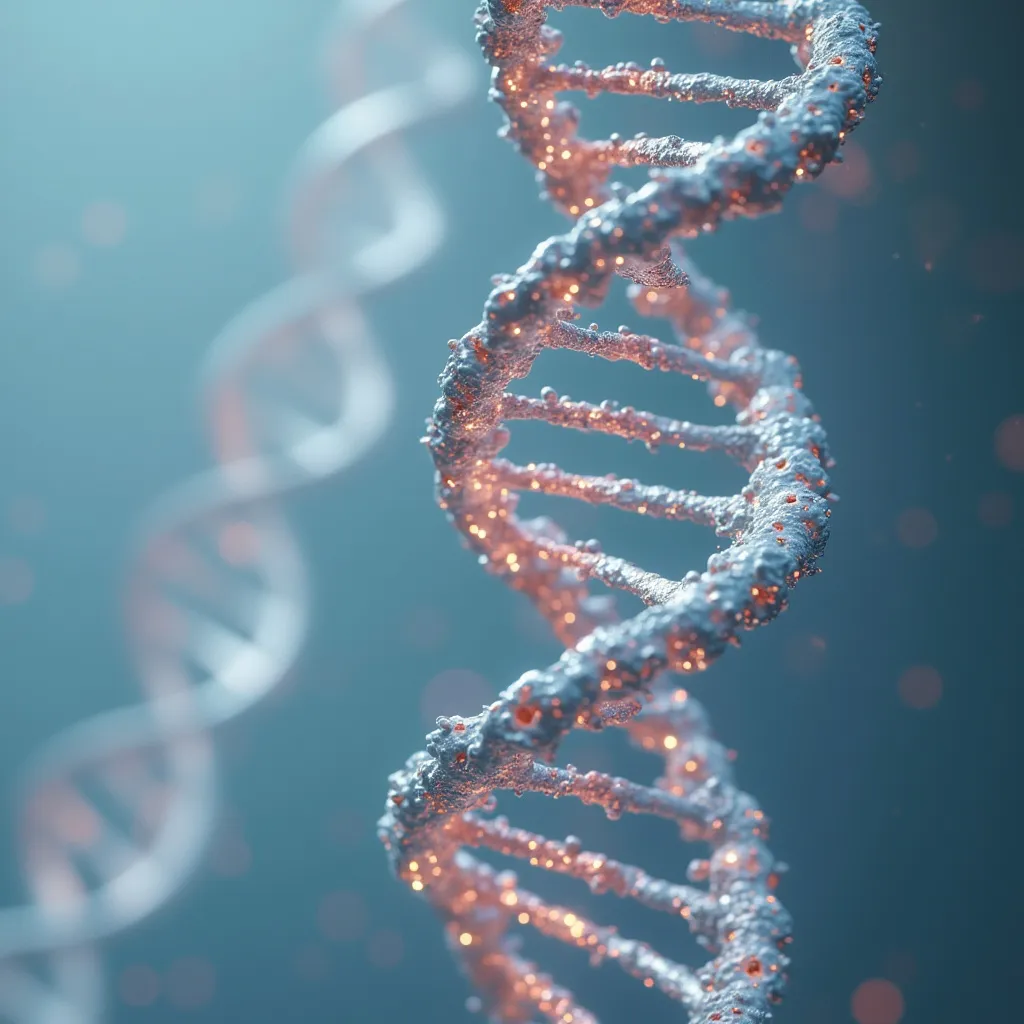Understanding Pedigree Genetics: A Comprehensive Guide
Pedigree genetics is an integral part of understanding hereditary patterns and genetic lineages. This article explores the fundamental aspects of pedigree genetics, its significance in research and breeding, and how modern technology enhances our understanding of genetic inheritance.
What is Pedigree Genetics?
Pedigree genetics is the study of the genetic composition and inheritance patterns within a family or group. A pedigree is essentially a family tree that is used by geneticists to track the transmission of traits and genes across different generations. Pedigrees help identify the inheritance patterns of both dominant and recessive traits, which can be crucial in predicting certain genetic conditions and traits in future generations.
The Importance of Pedigree Analysis
Pedigree analysis is a valuable tool in genetics for several reasons. It enables researchers and geneticists to track and predict the inheritance of genetic diseases, hereditary conditions, and the expression of particular traits. In animal breeding, pedigree genetics plays a critical role in selecting desirable traits, ensuring diversity, and preventing hereditary issues. In human medical genetics, pedigrees are used to estimate recurrence risks of genetic disorders in families. This information can guide decisions on genetic counseling and testing for at-risk individuals.
Constructing and Interpreting Pedigrees
A pedigree chart is visualized as a tree diagram illustrating familial relationships. Symbols are used to represent individuals and their relationships, where squares typically denote males, circles denote females, and shaded symbols indicate individuals expressing a particular trait. Geneticists use several established rules to interpret these symbols and lines, allowing them to deduce patterns of inheritance. Understanding whether a trait is autosomal, sex-linked, dominant, or recessive is integral to interpreting a pedigree.
Role of Pedigree Genetics in Plant and Animal Breeding
In plant and animal breeding, pedigree genetics is crucial for enhancing desirable traits like disease resistance, productivity, and adaptability. By analyzing pedigrees, breeders can select parent plants and animals that will likely produce offspring with optimized genetic traits. This selective breeding process helps maintain genetic diversity while promoting the propagation of favorable characteristics. Breeding databases often use pedigree charts to record genetic data over several generations, facilitating the management of genetic resources.
Advancements Through Modern Technology
With advancements in genetic technology, pedigree genetics has evolved significantly. Today, DNA testing provides detailed insights into an individual's genetic makeup beyond what traditional pedigree analysis could offer. With services like ChatDNA, individuals can analyze their genetic data to gain health and wellness insights, unrelated to ancestry. Such technologies complement traditional pedigree methods by enabling the confirmation of theorized genetic lineages and expanding the understanding of complex genetic patterns.
Uncommon Insights on Genetic Linkage
An interesting yet lesser-known aspect of pedigree genetics is its role in understanding genetic linkage. This refers to the tendency of certain genes to be inherited together because of their physical proximity on a chromosome. By analyzing pedigrees, geneticists can infer linkage, aiding in the mapping of genetic traits. This is particularly useful in disease gene mapping, where understanding linkage can lead to the identification of genetic markers associated with diseases.
Conclusion
Pedigree genetics remains a cornerstone in the study of hereditary patterns and the management of genetic resources. Whether applied in medical genetics, animal breeding, or plant genetics, pedigrees offer a methodical way to assess and predict the inheritance of traits. Modern genetic technologies like DNA analysis continue to enhance traditional pedigree methods, offering more comprehensive insights into our genetic blueprints. As genetics research progresses, the integration of pedigree analysis and advanced genetic tools promises to expand our understanding of complex genetic phenomena.
Meta Description: Discover the essentials of pedigree genetics: understand inheritance patterns, the significance of pedigree analysis, and the role of modern DNA technologies in enriching traditional methods. Explore its application in breeding and genetic research.
What is ChatDNA?
ChatDNA can analyze your DNA to answer any question. When you ask a question it will provide clear explanations and meaningful insights about who you are at a genetic level.
You can import existing DNA results from all major services like 23andMe and AncestryDNA or purchase a new DNA test kit through ChatDNA.
ChatDNA is especially valuable for anyone interested in:
- Understanding how their genes influence health and wellness
- Learning about their unique genetic traits
- Discovering personalized insights about their biological characteristics
- Getting clear, conversational answers to their DNA-related questions
Ready to get answers about your DNA? Visit ChatDNA.co to get started.
